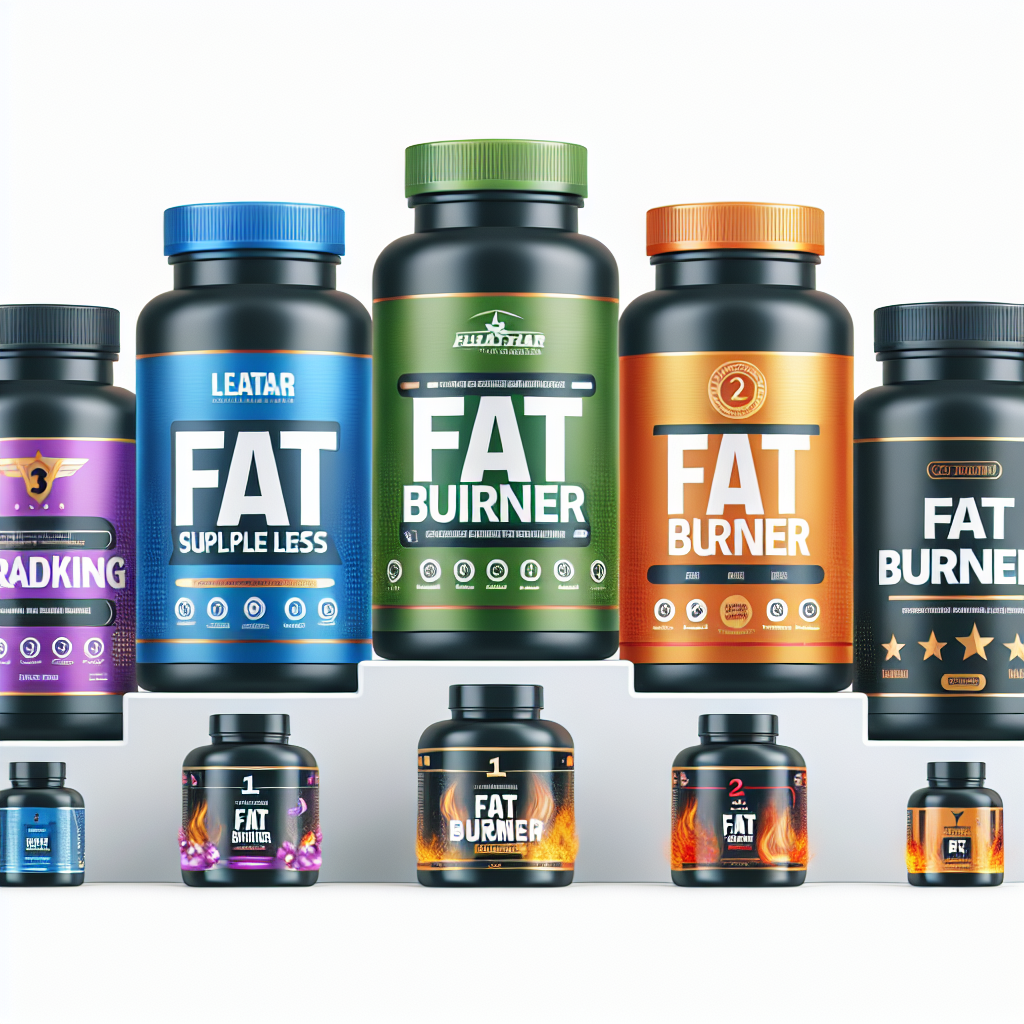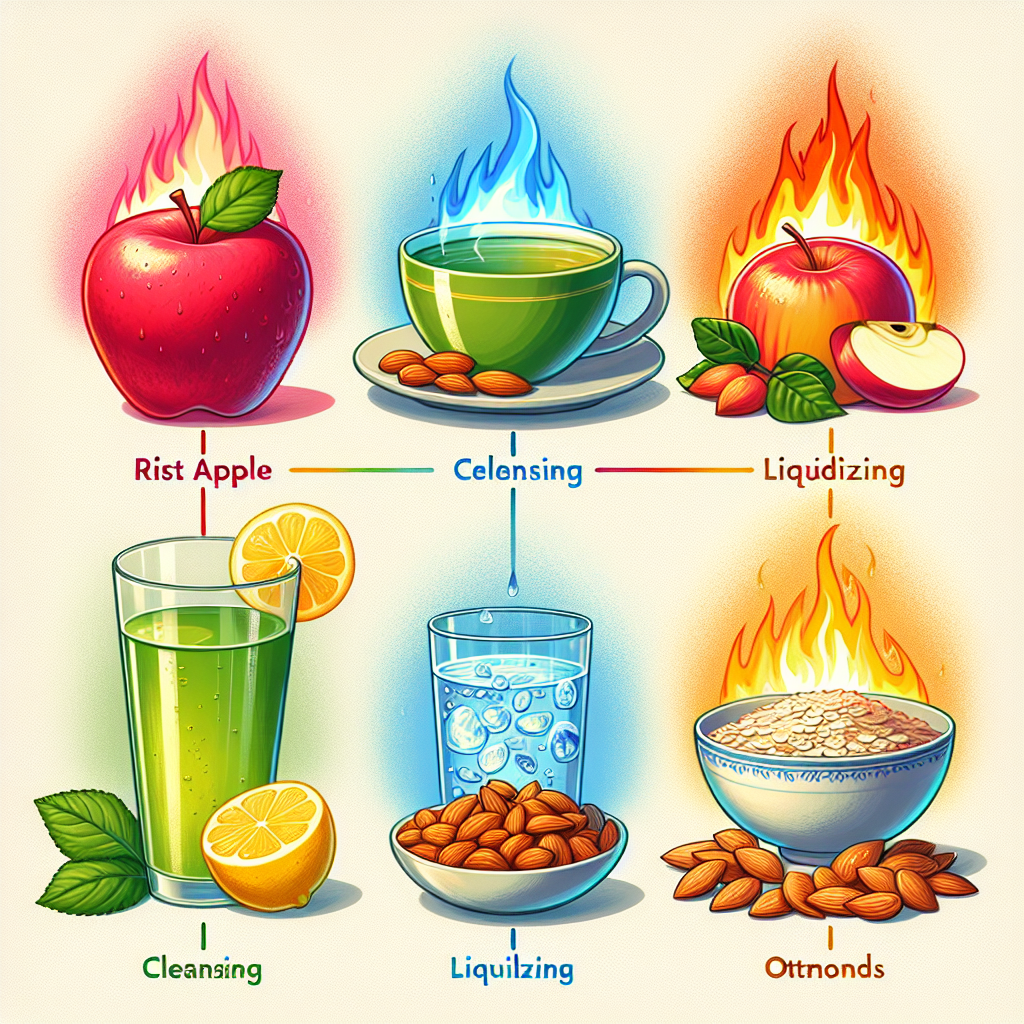Fat burners promise quick results, but the best ones offer modest, supportive effects rather than dramatic transformations. Diet quality, calorie balance, resistance training, sleep, and daily activity are still the main drivers of fat loss. If you want supplements that can actually help, look for those with evidence behind them, realistic expectations, and solid safety profiles. Below are five of the most researched options, what they do, and their pros and cons.
1) Caffeine (tablets or from coffee/tea)
Summary: Caffeine increases energy expenditure and fat oxidation slightly, reduces perceived effort during exercise, and can blunt appetite for some people. It’s one of the few fat‑loss aids with consistent short‑term effects, though the impact is modest and tolerance develops with daily use. Works well alone or paired with green tea extract.
Pros:
– Consistent, modest thermogenic effect
– Improves workout performance and NEAT (non‑exercise activity)
– Inexpensive and widely available
– Works synergistically with green tea catechins
Cons:
– Can cause jitters, anxiety, elevated heart rate and blood pressure
– Disrupts sleep, which can undermine fat loss
– Tolerance and withdrawal headaches are common
– Not appropriate for some medical conditions, pregnancy, or with certain medications
2) Green Tea Extract (standardized for EGCG)
Summary: Green tea catechins (especially EGCG) with or without caffeine can slightly increase daily calorie burn and fat oxidation; the effect is stronger when combined with caffeine. Benefits are small but fairly reproducible. Quality and dosing matter, and high doses on an empty stomach have been linked to rare liver issues.
Pros:
– Modest thermogenic and fat‑oxidation support
– Pairs well with caffeine for a bigger effect
– Antioxidant polyphenols offer general health benefits
– Typically stimulant‑light compared with energy drinks/thermogenics
Cons:
– Effect size is small and may be blunted in habitual caffeine users

– Can cause nausea or GI upset
– Rare risk of liver injury at high doses or when taken fasting
– Product quality and EGCG standardization vary widely
3) Capsaicin/Capsiate (capsaicinoids from chili pepper)
Summary: Capsaicin and its gentler cousin capsiate mildly increase thermogenesis and may reduce appetite in some users. The daily effect is small (think tens of calories), but it’s stimulant‑free and stacks well with other strategies. Non‑pungent capsinoid products can minimize the “pepper burn.”
Pros:
– Stimulant‑free thermogenic support
– May curb appetite slightly
– Simple ingredient profile; stacks well with caffeine/green tea
– Generally well tolerated at typical doses
Cons:
– Modest effect size; results require consistency
– GI discomfort or heartburn for some, especially with spicy forms
– Standardization and potency can vary
– Not ideal if you have GERD or sensitive stomach
4) Glucomannan (konjac root soluble fiber)
Summary: This highly viscous fiber swells in the stomach, increasing fullness and helping reduce calorie intake. It can also improve cholesterol and post‑meal glucose responses. It’s not a “fat burner” in the stimulant sense, but it reliably supports adherence to a calorie deficit when taken correctly with water.
Pros:
– Evidence‑based appetite control that supports lower calorie intake
– Supports cholesterol and glycemic control
– Stimulant‑free and inexpensive

– Can be useful on cutting phases or before higher‑risk meals
Cons:
– Must be taken with plenty of water to avoid choking/esophageal irritation
– Bloating, gas, and GI discomfort are common early on
– Can impair absorption of some medications if taken too close together
– Effects vary by individual and meal composition
5) Protein Powder (whey, casein, or plant blends)
Summary: Higher protein intakes help preserve lean mass during dieting, increase satiety, and raise the thermic effect of feeding. A quality protein powder is a practical way to reach daily targets, which indirectly improves fat loss and body composition. Not a classic “thermogenic,” but one of the most impactful supplements for cutting.
Pros:
– Improves satiety and diet adherence
– Helps maintain muscle while losing fat
– Convenient, versatile, and usually cost‑effective per serving
– Broadly supported by research across ages and training levels
Cons:
– Calories still count; overuse can stall fat loss
– Some experience lactose issues with whey concentrate
– Quality varies; choose third‑party tested products to avoid contaminants
– Those with kidney disease require medical guidance on protein intake
How to choose and use: Look for third‑party tested products (NSF, Informed Choice, USP), start with the lowest effective dose, and avoid stacking multiple stimulants. For many, a simple combo like moderate caffeine plus green tea extract by day, protein to hit daily targets, and optional capsaicin or glucomannan for appetite control is both effective and sustainable.
Closing thoughts: No supplement will overcome a poor diet, inconsistent training, or inadequate sleep, but the five above can provide a small, meaningful edge when the fundamentals are in place. Keep expectations realistic, monitor how you feel, and consult a healthcare professional if you have medical conditions, take medications, are pregnant/breastfeeding, or are sensitive to stimulants. Consistency beats intensity—supplements are just there to support the plan you can stick with.

